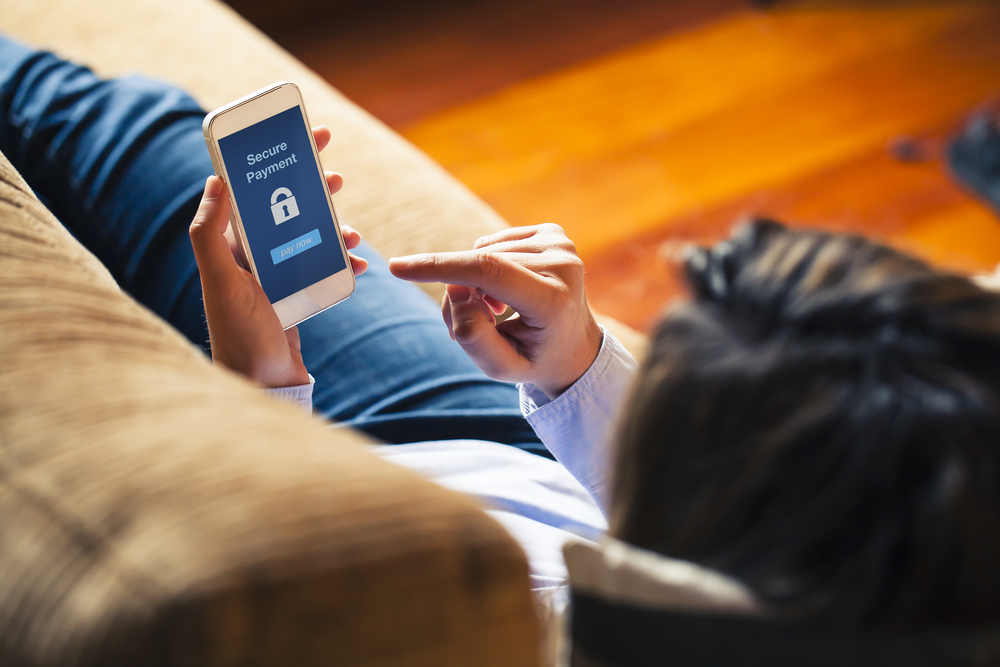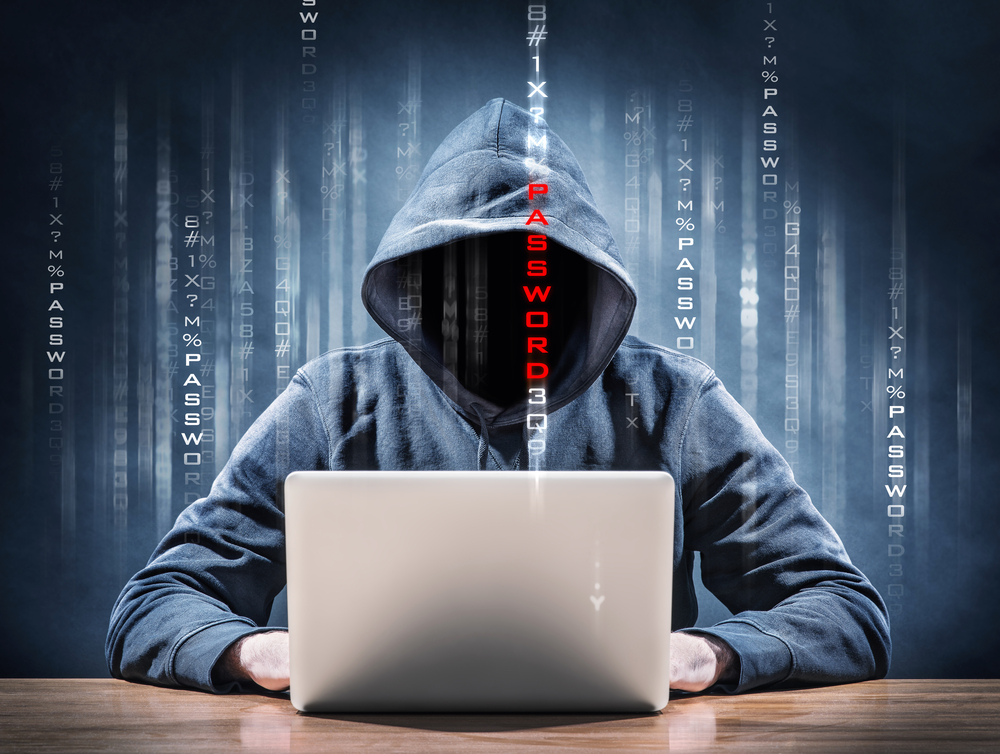Countering Threats
To Smart Buildings
A panel of corporate security experts held a recent Realcomm-hosted webinar to discuss strategies for managing cyberattacks to buildings that are increasing in frequency, sophistication and impact. Don Goldstein, senior vice president of IT for CBRE, recounted how the “Not Petya” ransomware attack of June 2017 encrypted hundreds of thousands of computers around the world […]






